Congress betrayed Bastar : Lohandiguda Firing to Murder of Maharaja Pravir Chandra
As India gained independence, Pravir Chandra envisioned a future where Bastar"s resources would benefit its tribal inhabitants. But his dreams clashed with the interests of the Congress party, which sought to exploit the region for their own gains. Pravir Chandra"s resistance earned him enemies in high places, leading to his imprisonment and eventual demise.
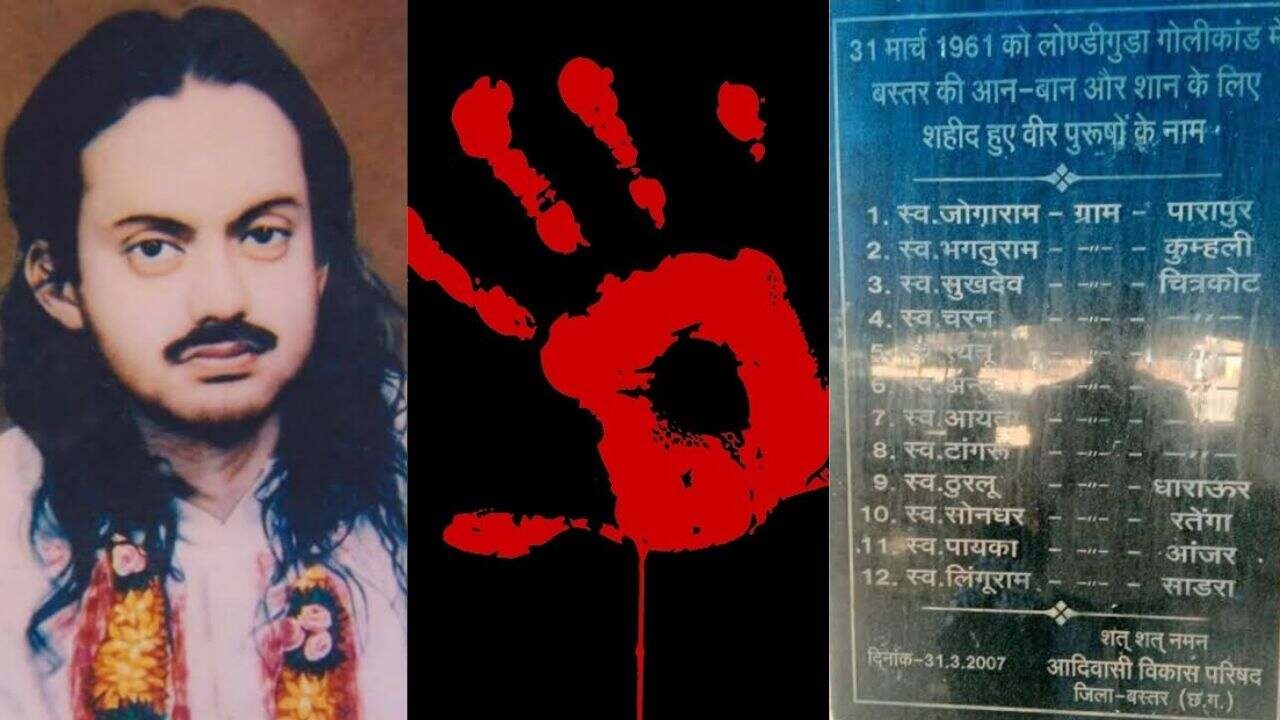
In the heart of Bastar, a region known for its lush forests and rich culture, lies a tale of valour and tragedy that echoes through the ages. It is the story of Maharaja Pravir Chandra Bhanjdeo, a monarch whose reign became a symbol of resistance against oppression yet ended in betrayal and violence.
Bastar, once a serene land, has now become synonymous with Maoist-Naxal terrorism, with security forces facing more casualties from Maoists than at the Indian border itself. The question lingers: What turned this once verdant land into the notorious Red Zone, where the shadows of conflict loom large?
To uncover the truth, one must delve into the forgotten pages of history, where the story of Maharaja Pravir Chandra unfolds. It began on a sombre day, March 25, 1966, when police surrounded Bastar's royal palace, sealing the fate of its inhabitants.
Inside the palace, Maharaja Pravir Chandra stood alongside his loyal servants, unaware of the imminent danger. Outside, a crowd of local tribal people had gathered, eager to catch a glimpse of their beloved Maharaja. Suddenly, without warning, gunfire erupted, shattering the tranquility of the palace and staining its halls with blood.
Bastar's story dates back to ancient times, when it was known as Dandakaranya, mentioned in the Ramayana. Here, amidst the dense forests, stood the temple of Mata Danteshwari, revered by the Hindu communities as one of the 51 Shakti Peeths.
The spirit of resistance in Bastar was forged through centuries of struggle against invaders. Even in front of the Mughals, tribal warriors stood firm, defending their land and traditions. But it was the arrival of the British that brought about a new era of exploitation and suffering.
The British, driven by greed, sought to plunder Bastar's resources—iron ore, coal, and timber—for their own gain. They employed local tribals as labourers in their mines, subjecting them to atrocities and land grabbing. The Maharaja of Bastar, powerless against the might of the British Empire, could only watch as his people suffered.
In 1910, the tribals of Bastar rose up in rebellion, led by the fearless Gundadhur. The king, Rudra Pratap Deo, supported the uprising, but the British responded with brutal force, quashing the rebellion and executing hundreds. It was a dark chapter in the history of Bastar, marked by bloodshed and betrayal.
Amidst this turmoil, Maharaja Pravir Chandra was born into the royal family, destined to inherit a legacy of resistance. Raised amidst the splendour of the palace, he was groomed by the British to serve their interests. But beneath the facade of obedience, Pravir Chandra harboured a spirit of defiance, instilled in him by his ancestors.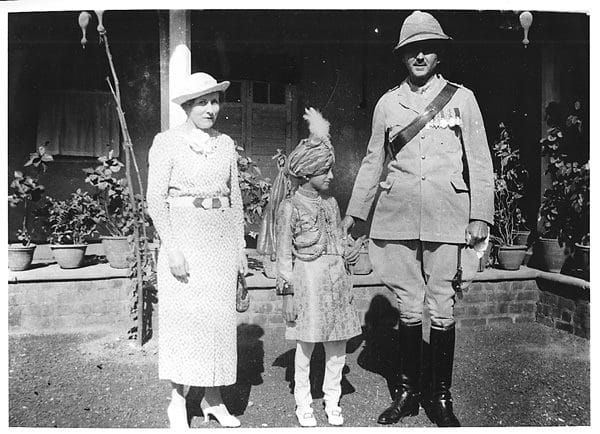
As India gained independence, Pravir Chandra envisioned a future where Bastar's resources would benefit its tribal inhabitants. But his dreams clashed with the interests of the Congress party, which sought to exploit the region for their own gains. Pravir Chandra's resistance earned him enemies in high places, leading to his imprisonment and eventual demise.
On February 11, 1961, the government of Madhya Pradesh arrested Maharaja Pravir Chandra Bhanjdeo, accusing him of anti-state activities, and removed his title as the former ruler of Bastar, replacing him with his younger brother Vijay Chandra Bhanjdeo. However, the tribal community vehemently opposed this change, holding meetings in tribal areas to protest it.
Despite efforts to persuade them to accept Vijay Chandra as their new ruler, their loyalty remained with Pravir Chandra. When they attempted to visit Pravir Chandra in jail, they were thwarted by the police guarding the prison. The situation escalated on March 31, 1961, when innocent tribals were reportedly shot and killed during the Lohandiguda firing incident by the state police.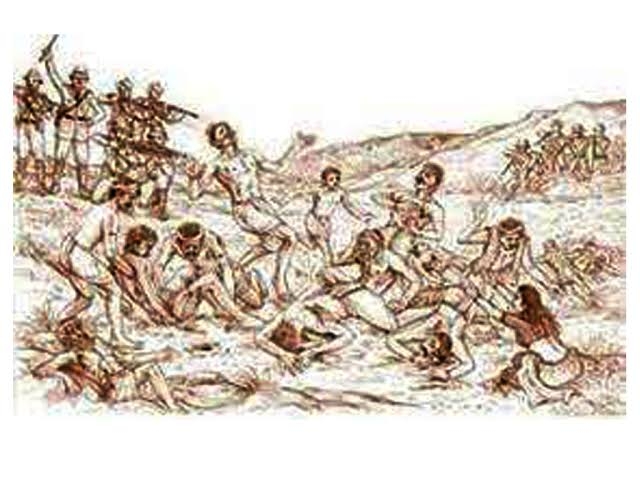
Official government data recorded 12 casualties and the wrongful arrest of 59 individuals. However, according to the locals, the death toll was much higher. These events underscored widespread dissatisfaction and opposition to Vijay Chandra's rule, solidifying Pravir Chandra's status as the rightful leader of Bastar in the eyes of the tribal community.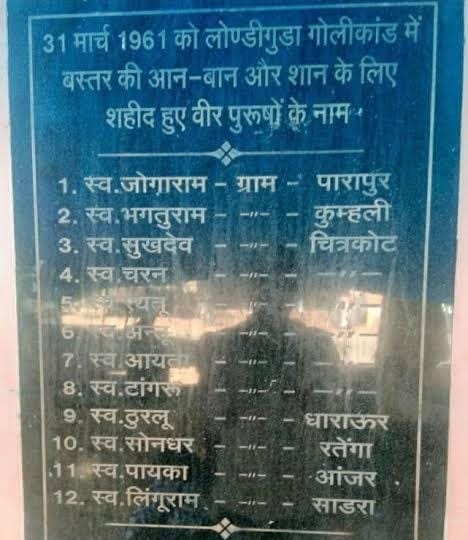
In a bold move during the 1962 Madhya Pradesh Legislative Assembly elections, Maharaja Pravir Chandra Bhanjdeo took a stand against the Indian National Congress, a party he had previously supported in the 1957 elections. This shift signalled a significant change in his political strategy, indicating his inclination towards forming a tribal political outfit at the national level.
The candidates supported by Pravir Chandra contested the assembly polls that year and emerged victorious, securing nine seats with substantial margins. This electoral success was interpreted as a clear rebuke from the people in response to the oppression faced by the tribal community.
The defeat of the Indian National Congress, which had long been dominant in the region, on all seats in Bastar was a severe setback. In response, the Congress initiated retaliatory actions. Pravir Chandra, the first party MLA from Bastar, took a decisive step by forming his own political outfit, the Maharaja Party.
However, the Congress's animosity towards Pravir Chandra only intensified. In a retaliatory move, the government dethroned him and issued a special gazette, appointing his brother Vijay Singh Bhanjdeo as the king in 1962. This marked a crucial turning point in the political landscape of Bastar and set the stage for subsequent tragic events.
The district magistrate shamelessly reported that Maharaja Pravir Chandra was leading armed Janjatis against the police, who claimed to have fired in self-defence. However, many believe this was a planned encounter, a violent response to the king's resistance against the Congress government's exploitation of Bastar's resources. The magistrate, acting as a puppet of the government, willingly misinformed the people about the incident.
The news of Maharaja Pravir Chandra's death spread like wildfire, sparking outrage among the tribal community. His death was seen as a betrayal and a brutal suppression of their rights and their fight for justice. This event ignited a flame of resistance that would engulf Bastar in the years to come, marking the beginning of a long struggle for the rights of the tribal people. The Maharaja's sacrifice was not in vain, as his spirit of resistance lived on in the hearts of his people, inspiring them to continue the fight for their rights and their land.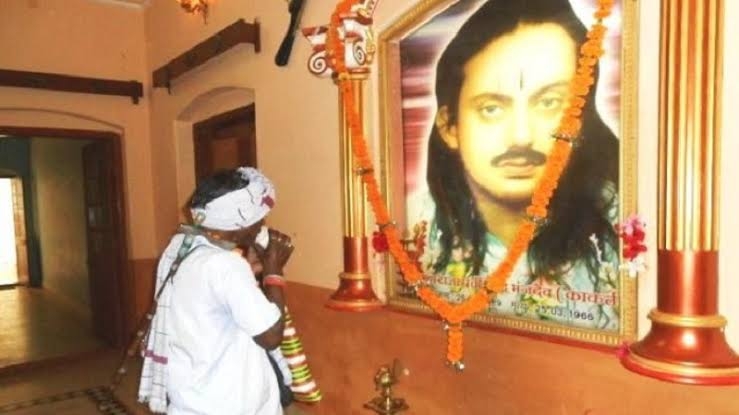
Reports suggest that there was coordination between Indira Gandhi and the Madhya Pradesh government at the time, leading to the police being ordered to shoot Pravir Chandra Bhanjdeo. This action was purportedly taken because he was perceived as a hindrance to the Congress's agenda, particularly regarding tribal affairs. These claims indicate dissatisfaction with his advocacy for tribal rights.
The aftermath of his death saw the rise of the Naxalite movement, fueled by the discontent of the tribal community. Churches sprung up in every village as missionaries colluded with Maoists to gain a foothold in the region. The ancient culture of Bastar faced a relentless assault as conversions and conflicts tore through its fabric.
Yet, amidst the chaos, the spirit of Maharaja Pravir Chandra lived on in the hearts of his people. Each year, during the Dussehra festival, they gathered to honour his memory alongside the divine Maa Danteshwari. His legacy became a beacon of hope, inspiring generations to fight for justice and righteousness in the land of Bastar.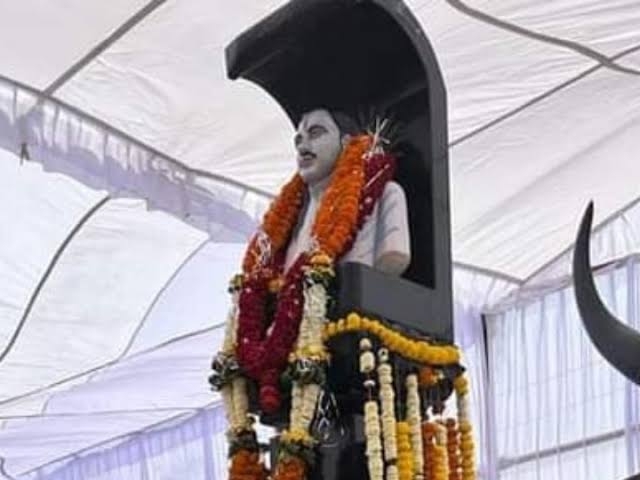
In hindsight, Pravir Chandra Bhanjdeo's decision to oppose the Indian National Congress underscores the enduring struggles experienced by tribal communities. His departure from supporting the Congress party signifies the disillusionment pervasive among many, particularly concerning the party's policies toward tribal populations.
The circumstances surrounding his arrest and the Lohandiguda incident highlight the government's shortcomings in addressing tribal grievances adequately. The demise of the Maharaja precipitated the transformation of Bastar into a hotbed of Naxalite terrorism, further exacerbating the region's challenges. Missionaries also capitalized on this upheaval, intensifying both bloodshed and religious conversions among the populace of Bastar. It is evident that the Congress government and its leaders bear significant responsibility for these unfortunate developments.
Report by
Shomen Chandra
Intern, The Narrative


